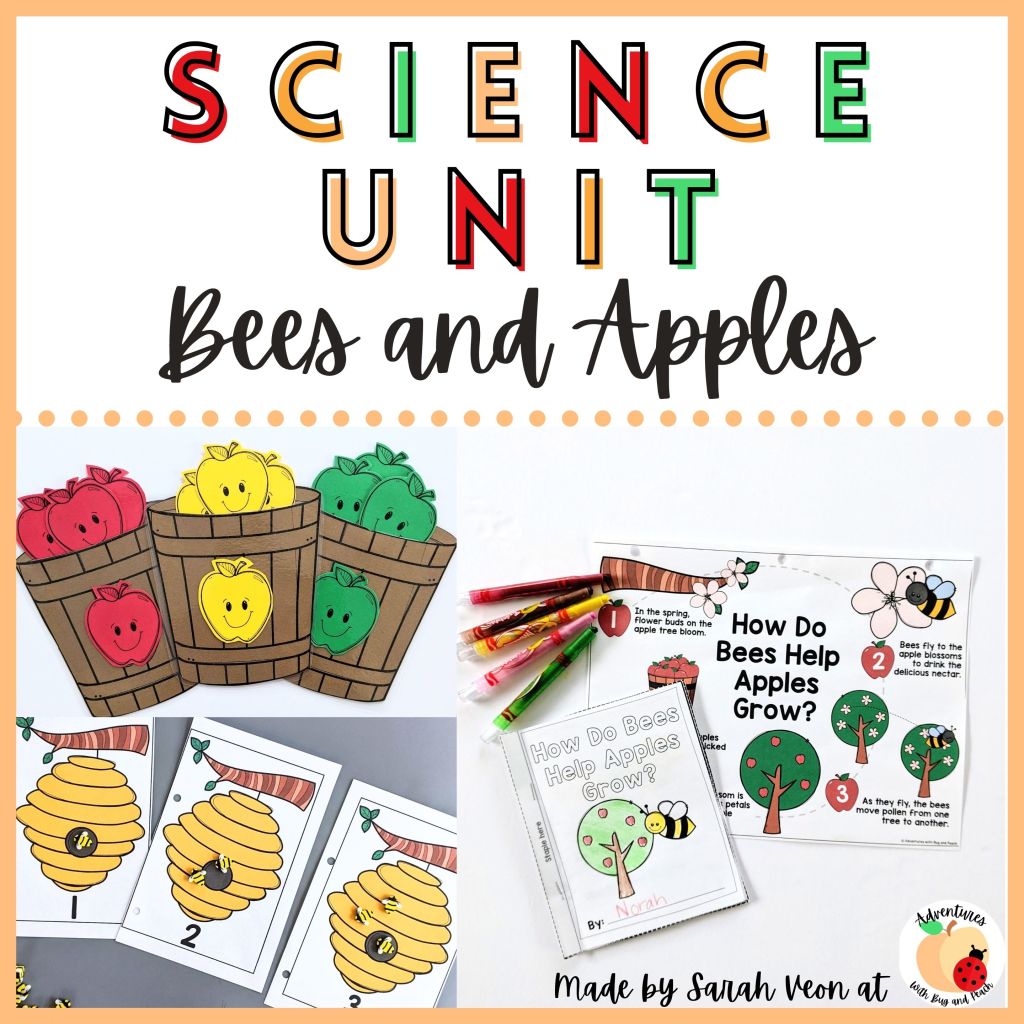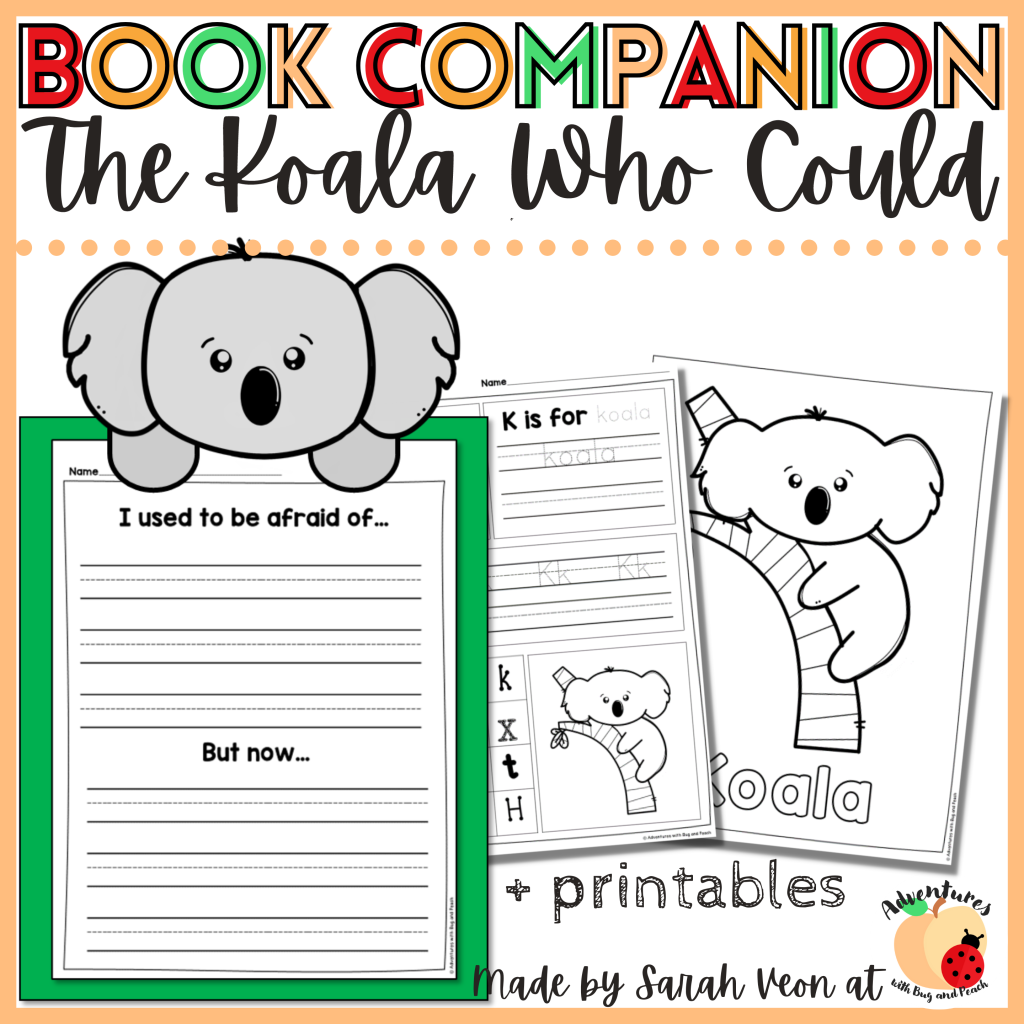I’ve been seeing a lot lately about the importance of art in early childhood. And at the same time, crafts are getting a bad rap… What’s more, I haven’t seen much about the difference between the two. Both play an important role in development, so how do we know which is which?
It’s true that a lot of what we call “art” is really a craft. Kids need to have open-ended art time where they can explore materials with creative freedom. True art allows children to express themselves, explore their creativity and the world around them, and build important connections in their brains as they do so. This doesn’t mean you have to let them have free rein of the art supplies every time. (Although that’s good for them too!) There are so many ways to allow kids to create and explore – Process art, art history and technique, endless art media – this is just the tip of the iceberg!
What’s the difference?
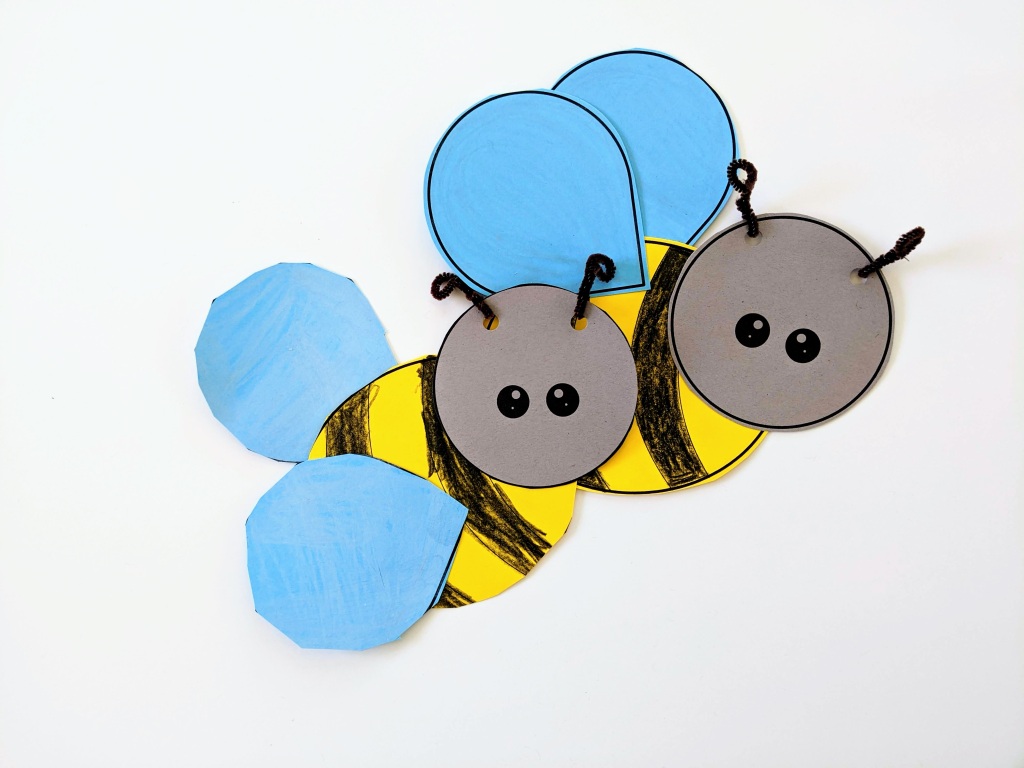
This a a great example of a craft we did for our honeybee unit. These bees had one “correct” outcome. In a full classroom, all of the bees should look roughly the same, with maybe a few out of place wings. This craft had a few important benefits:
- Fine motor practice with cutting, coloring, pasting, and twisting
- Opportunity to follow sequence
- Spatial awareness (behind, in front of…)
- Reinforce what was learned about bees in our unit
- It’s cute!
We had fun with this craft and it offered several important learning opportunities for my preschooler.
Here’s an art project from the same unit:

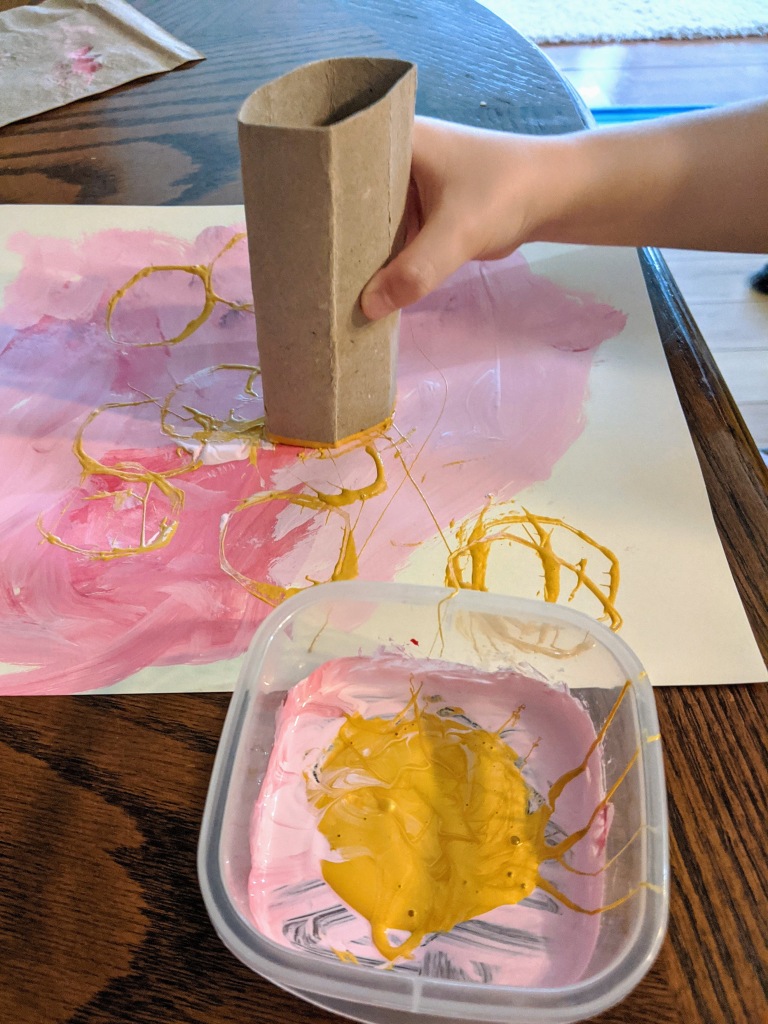

This art project had a few steps, and I only put certain colors on the palate. The first thing we did was paint the background with a combination of pinks. After it was dry we folded a toilet paper roll into a hexagon, dipped it in gold paint, and stamped it onto the painting. The result was a beautiful piece of art that is now framed and hanging above our table. This art project had a few important benefits too:
- Fine motor practice with grip and painting
- Reinforce what was learned about the shape of honeycomb
- Opportunity for independent creativity and sensory exploration
As you can see, there was so much more freedom with the second project. There wasn’t really a wrong way to do it. I chose the materials, but I let my learner do what she wanted with them. In a full classroom, there would be a variety of creations that reflect each child’s personality.
The above examples are pretty clear… But sometimes the lines can get a little blurry.
Mixed Media doesn’t always mean art
We did this project when we were studying beavers. The purpose was to learn the process beavers use to build their dams. Yes there was paint in this project, but they had to use it in a specific way and in one certain place (as mud) – In the end, this had to be a beaver’s dam. This would be considered a craft or even a science project – in a class full of students, you’d want the outcome the same since you’d want all of your students to understand how beavers build their dams.

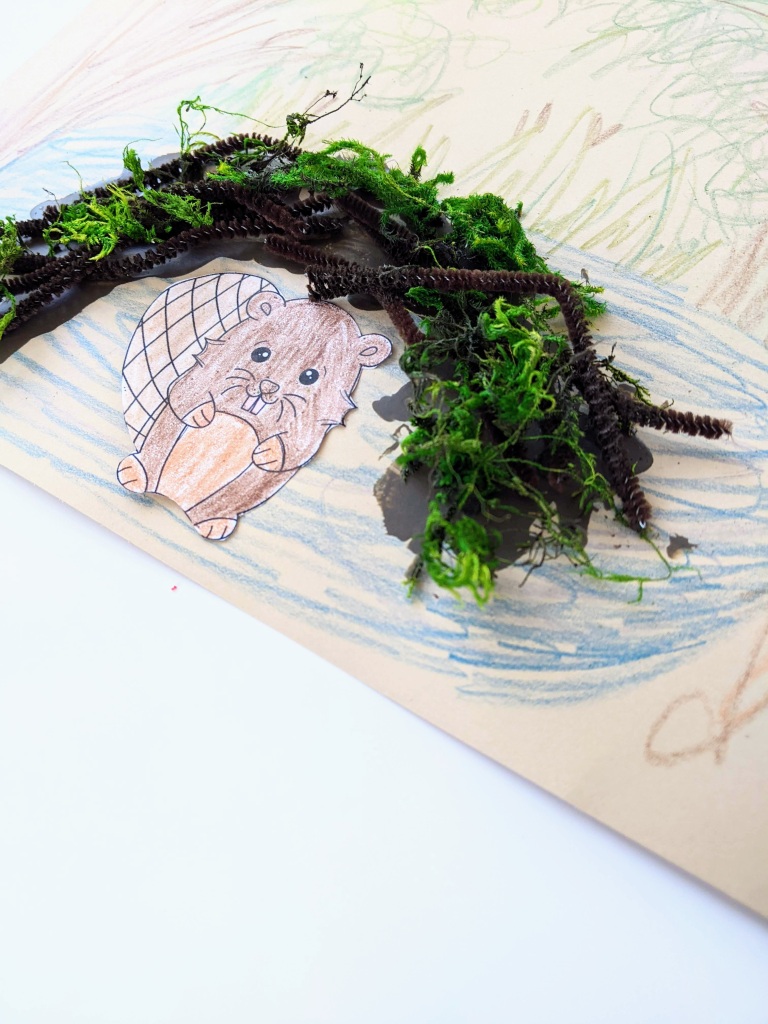
This project had a few important benefits:
- Fine motor practice with coloring, gluing, painting, and arranging
- Opportunity to follow sequence
- To understand the process and materials beavers use to build their dams
Sometimes it’s a little bit of both
This koala project is a little bit of both. It started out with art – the background was made with watercolors, and my learner could paint however she wanted, she just had to fill up the paper. The trees were made with acrylic paint on paper. (These were actually old paintings that I wanted to use up somehow!) Then we tore up the paper and made trees, added cotton balls for the Koala, and finished off with some paint. There was a lot of freedom in this project, but in the end the finished product had to resemble a koala.
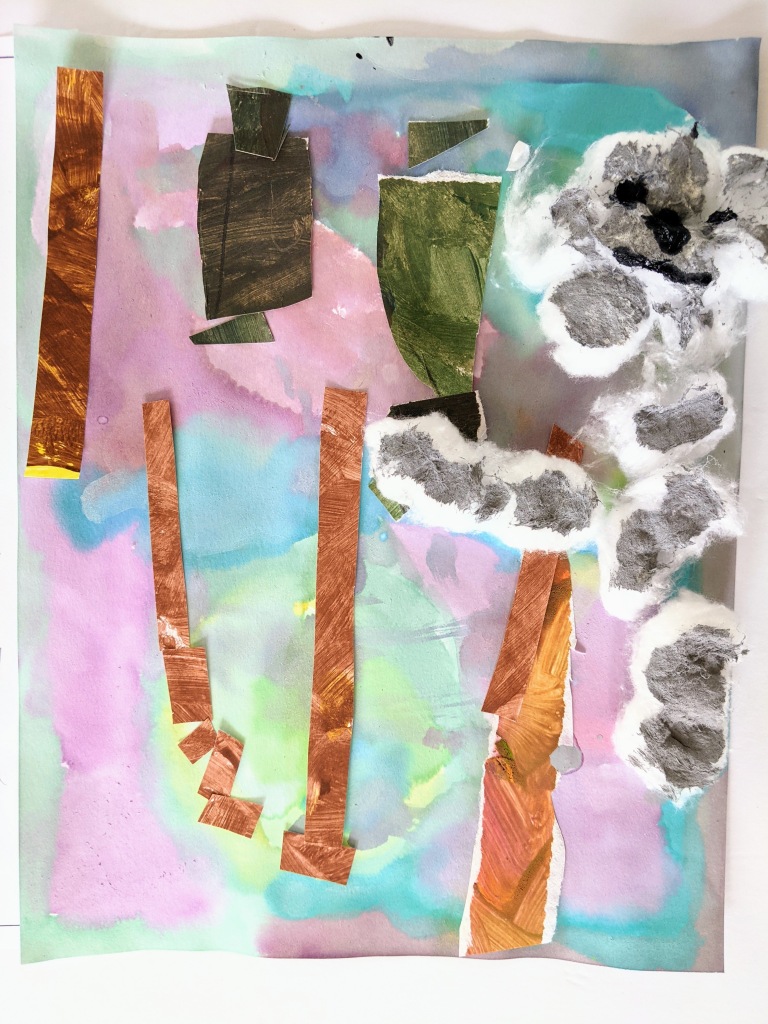
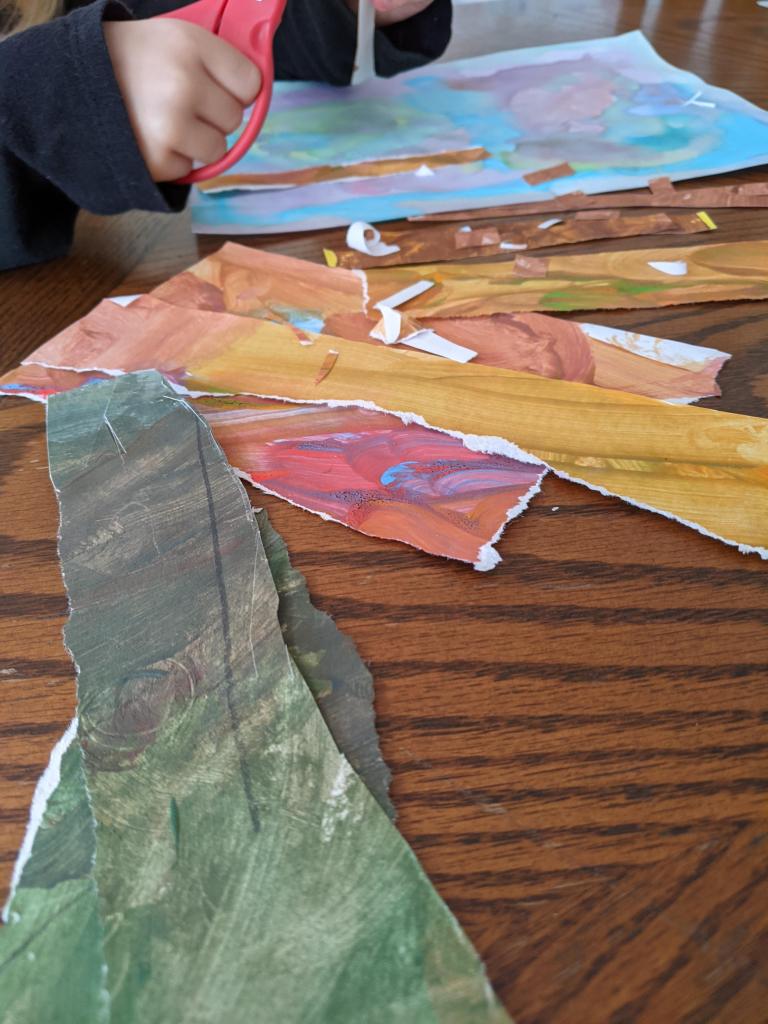
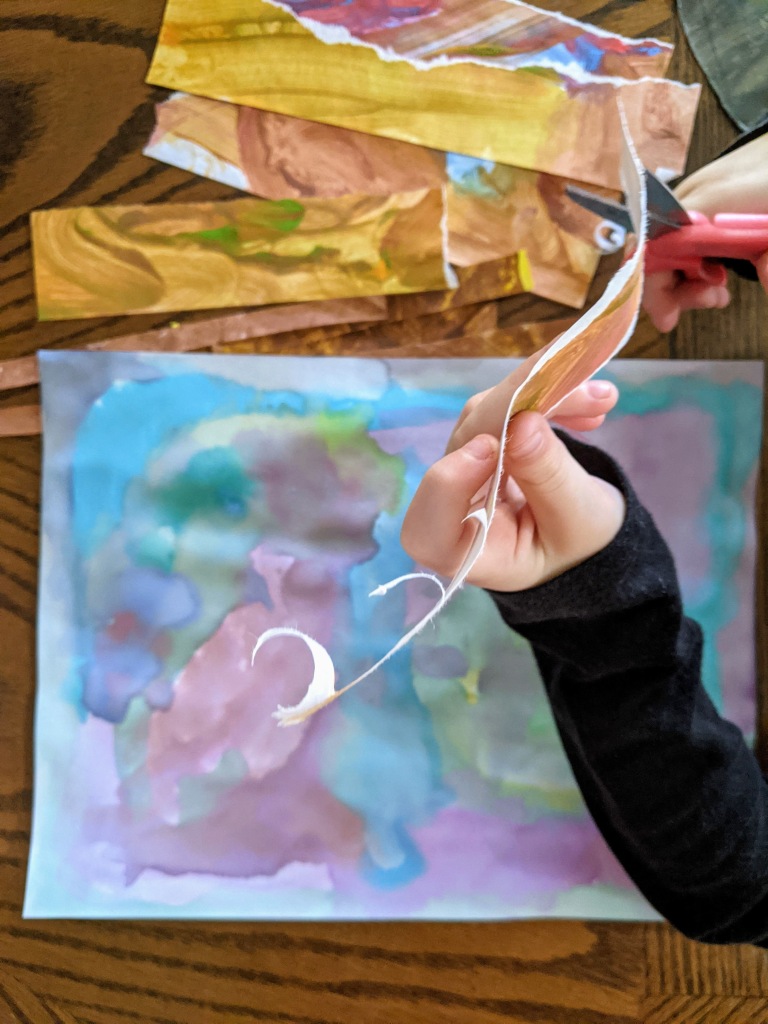
The benefits of this activity were:
- Fine motor practice with tearing, cutting, and pasting
- Reinforce what was learned about Koalas and their habitat
- Opportunity to follow sequence
- Opportunity for creative expression
Keep crafting!
Arts and crafts are so important – Both play a role in brain development, self-expression, and self-regulation. As children are introduced to more materials, they may discover one they really love- and they may even learn hobbies that they’ll carry on to adulthood!
As in life, it’s all about balance. Be sure to balance out craft and art time, and most importantly, opportunities for open-ended creativity. So get out your paints, paper, scissors, yarn, popsicle sticks, and anything else you can get your hands on! You’ll be amazed at what your learners will create when given the opportunity!
If you’d like to see more about the arts and crafts featured in this post, click the links below:
